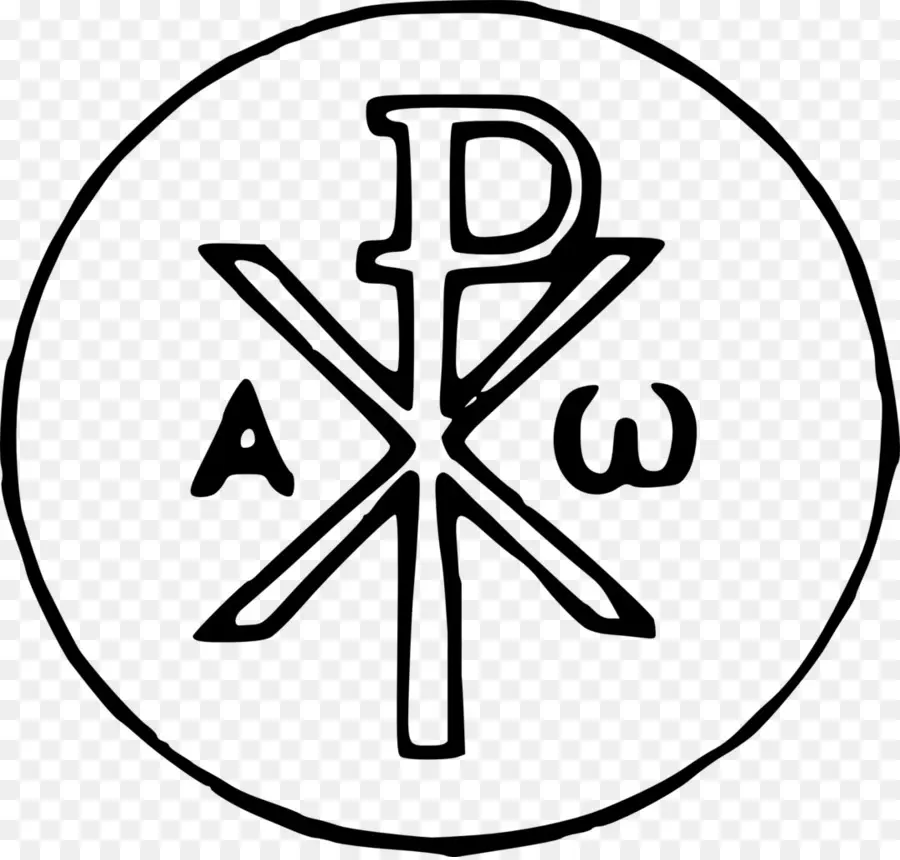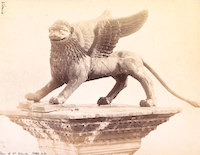Lorem ipsum dolor sit amet, consectetur adipiscing elit. Morbi eu nulla vehicula, sagittis tortor id, fermentum nunc. Donec gravida mi a condimentum rutrum. Praesent aliquet pellentesque nisi.
Patmos is a mystery, a revelation, an island suspended between the realms of Hades and the Heavens above. She is the New Earth waiting for the Heavenly City. She has drawn many, over 5,000 years, to her gentle shores. As the world around us is changing rapidly, the Portal of Patmos, a beacon of light, played, and continues to play a vital role in human destiny.
The earliest findings (mainly pottery ) date back to the Bronze and Mycenaean Age. The first settlers are believed to be the Carians from Asia Minor followed by the Mycenaean`s.

The construction of the acropolis of Patmos on the hill of Kastelli near Skala.
Patmos is densely populated and prospers culturally, becoming an important fortress of the city-state of Miletus in Asia Minor.

John was exiled to the island of Patmos during which he received the Book of Revelations.
Following the fate of the other islands in the Dodecanese, Patmos becomes part of the Byzantine Empire.

Continuous raids by the Arabs (the caliphate of the Abbasids) and other tribes leave Patmos to waste, for most of the time the island remains deserted. Islam is spreading fast in the Mediterranean area.
After the Arab capture of Thessaloniki, many of the city's inhabitants are taken prisoner and sent to Patmos.

The Blessed Christodoulos is forced to leave the moastery on Mt Latmos of which he had been abbot - he takes refuge on Kos, where he founds the monastery of Our Lady ``Kastrinon`` or ``Pyliou`` - there he meets the anchrite Arsenios Skinouris, who was born on Patmos and owns much land there, which he bequeaths to the Blessed Christodoulos.
Construction commences of the Monastery of St. John.

The Blessed Christodoulos is driven away from the island by constant pirate raids. He takes refuge in Euboia, where later passes over.
Crusaders capture and occupy Patmos

The Order of Knights of the Hospital of Saint John of Jerusalem control the island for a spell.
Pope Pius II attempts to provide protection against all those who have designs on the monastery.

After the defeat by the Ottomans of the Knights of St John, most of the population of the island emigrates.
Traveller Nompar De Gaumont arrives at the island. The existence of a second monastery is mentioned. The inhabitants are approximately 100, excluding the monks and they are mainly fishers and farmers.

60 monks and as many foreigners are REGISTERED on the island. Approximately 100 immigrant families settle in Patmos and create a village.
Ottomans occupation: the monastery manages to retain its autonomy and a degree of autonomy.

A period of peace begins for most of the islands as the wars between the Venetians and the Ottomans come to an end.
The port of Skala emerges as a bustling hub, with commercial traffic, warehouses are built for the storage of goods to be shipped to neighboring ports.

Patmos has a population of roughly 3000 Greek inhabitants. The monastery exercises administrative authority over the island affairs.
The nunnery of Zoodohos Pighi (Life Giving Source) is built.

Cretan families immigrate to Patmos and settle around Platia Lesvias in Hora.
Venetians pillage the island causing major damage to Hora.

The Venetians create a stairway (skala) from the port to Hora, giving the port its current name Skala.
The Patmiada School was founded by Makarios Kalogeras which was destined to become a glorious national secret centre for the Greeks. Generous donations from within the country and abroad make it possible to maintain the school as an elite underground centre.

During “The Orlof incident”(Russian-Turkish war) Patmos becomes independent, the Monastery gains sole ownership and for the first time makes a gift of part of the island to the community.
On the 9th of June the treaty of Constantinople is signed, which acknowledges Greek independence, yet Patmos along with the rest of the Dodecanese remain outside the boundaries of the Greek state.

The first living quarters in Skala are built.
The Italian rulers turn the warehouses into administrative offices and the teaching of Greek is forbidden. The Patmian School was closed down and is reduce to rubble.

The nunnery of the Annuncation (Moni Tou Evangelismos) takes up its current form.
After the collapse of Fascist Italy in the 2nd World War the island is occupied by the Germans.

The Germans are forced to evacuate by the English who stayed until 1947.
On the 7th of March the Greek flag is hoisted on all the islands of the Dodecanese, as they are officially united with the rest of Greece following centuries of struggling for freedom.

Despite progress many Patmians continue to emigrate to Athens, Australia, America and Germany sending financial support to their families at home.
Patmos is declared by the Greek Parliament in Athens to be formally and legally a Holy Island.

Unesco includes Patmos at world heritage monuments.
